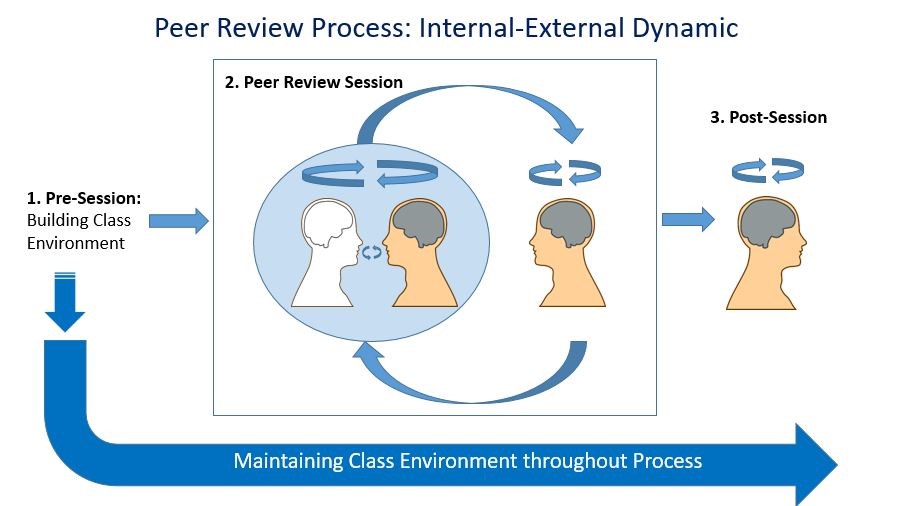Leah Van Vaerenewyck, a Lesley doctoral student, Valerie Shinas and Barbara Steckel, two literacy instructors from Lesley’s Graduate School of Education, have co-authored the article Sarah’s Story: One Teacher’s Enactment of TPACK+ in a History Classroom in the journal Literacy Research and Instruction.
The article focuses on the case study of one secondary History teacher and her approach to using technology in developing and supporting a socially-situated community of learners. The authors cite research suggesting teachers do not integrate technology within literacy or disciplinary curriculum at high levels (to support higher level cognitive skills, for example). They argue that to prepare students for higher education and employment, students must learn to think like scholars in the disciplines in which they study. For example, history students should be able to analyze primary documents, conduct research and synthesize information across various sources to draw conclusions. They argue that strategic and principled use of technology can support the development and maintenance of a community of learners focused on higher-level skill acquisition.

TPACK, or Technology, Pedagogy, and Content Knowledge, is a framework built on Lee Shulman’s PCK (Pedagogical Content Knowledge). TPACK suggests the incorporation of technology with pedagogical content knowledge can produce more effective teaching. The authors suggest an expansion of the TPACK framework to include a sociocultural component and use this case study as empirical evidence to support an update to the TPACK model (TPACK+). They set out to “examine how sociocultural-oriented teacher knowledge, skills and beliefs intersect with TPACK in ways that leverage digital tools to create and sustain vibrant learning communities” (Van Vaerenewyck et al, 2017). Their observations showed strong evidence supporting this updated conceptualization of TPACK. The instructor’s use of learning technologies enabled the students to engage in authentic disciplinary discourse within socially situated learning experiences. The instructor was able to create a community of learners both within and beyond the boundaries of the physical classroom. Students engaged collaboratively in sophisticated ways, demonstrating that learning can be enhanced when embedded in socially situated experiences.
The authors call for further research examining in-service teachers’ skills and knowledge in relation to technology-integrated instruction to provide additional empirical support for their claim that the TPACK framework must be expanded.
Van Vaerenewyck, L. M., Shinas, V. H., & Steckel, B. (2017). Sarah’s Story: One Teacher’s Enactment of TPACK+ in a History Classroom. Literacy Research and Instruction, 56(2), 158-175.


